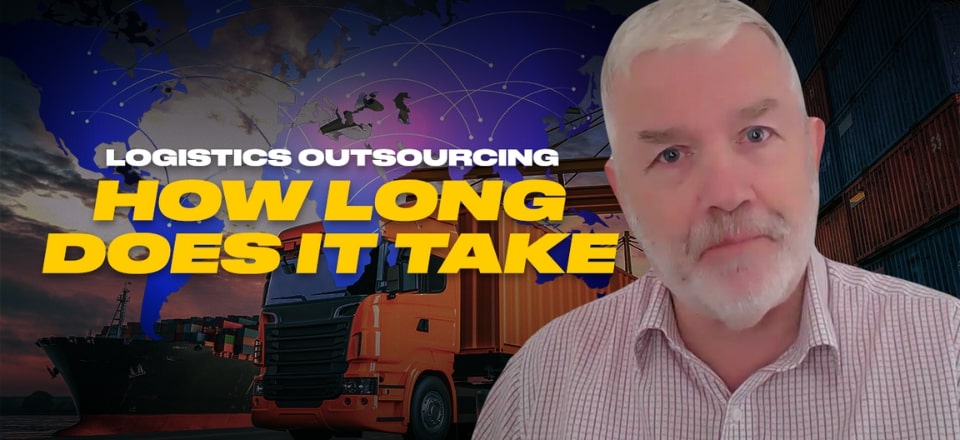How long do you think it should take? This question has been posed several times.
The answer, as always, is not straightforward—it depends on a variety of factors.
Watch the video below as I illustrate with a couple of straightforward case studies: one that involved a significant amount of time and planning, and another that required rapid action.
When we talk about outsourcing logistics, including warehousing and transportation, we’re often dealing with national contracts. The process begins with clearly defining what needs to be outsourced. This initial step involves meticulous documentation of requirements and services needed. Next comes the selection of potential suppliers. Gone are the days of open tenders; today, it’s about identifying suitable vendors and briefing them thoroughly.
Crucially, adequate time must be allocated for suppliers to prepare their bids. This is where many organizations falter—they underestimate the time needed for suppliers to absorb the information, devise effective solutions, estimate resources, and propose costs. It’s a complex process that can’t be rushed if you want quality outcomes.
After receiving bids, the evaluation phase begins. This involves meticulously assessing each proposal, selecting the most suitable vendors, and then negotiating and finalizing contracts. Finally, the implementation phase kicks in, where the agreed-upon arrangements are put into action.
Logistics Outsourcing Timeframes
The Long Timeframe:
Some time ago, we worked with a government organization embarking on a strategic market entry. The preparation for this began a full 18 months ahead of the implementation date. This extensive lead time allowed for comprehensive internal preparation, detailed documentation of outsourcing needs, and thorough supplier briefing. The tender itself was issued six months before implementation, providing vendors with ample time—three months—to formulate their proposals. The entire process, from inception to contract implementation, spanned the course of 18 months. While this timeframe was unusually long, it underscores the meticulous planning required for such complex undertakings.
The Short Timeframe:
A company faced an urgent situation with its warehousing and distribution contract. Strained relations with their current 3PL provider necessitated a rapid transition—they were asked to vacate the warehouse within six weeks. This left the company in a challenging spot, but with preliminary groundwork already laid, they swiftly identified alternative providers and managed to finalize a new contract within a compressed timeframe. Despite the urgency, they were able to navigate the process efficiently, demonstrating the agility needed in such situations.
In conclusion, while timelines vary widely depending on the specifics of each outsourcing project, careful planning and strategic decision-making are critical.
For further insights into managing outsourcing challenges, please watch the accompanying video.
If you’re navigating outsourcing challenges and need expert guidance, feel free to schedule a consultation here: https://www.logisticsbureau.com/outsourcing-consultants/
Related articles on this topic have appeared throughout our website, check them out:
- Struggling with Logistics Challenges? A 3PL Might be Your Salvation
- Insourcing or Outsourcing Logistics: Don’t Choose the Wrong Reasons
- The Power of Outsourcing for Supply Chain Improvement
- 6 Quick Tips for Successful Logistics Outsourcing
- 10 Common Pitfalls to Avoid in Logistics Outsourcing
Editor’s Note: The content of this post was originally published on Logistics Bureau’s website dated June 10 2024, under the title “3PL Logistics: How Quickly Can You Outsource Logistics?“


